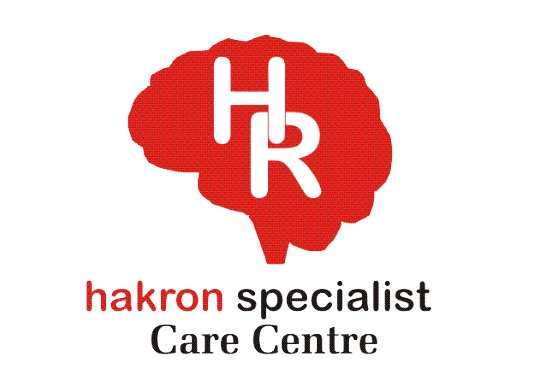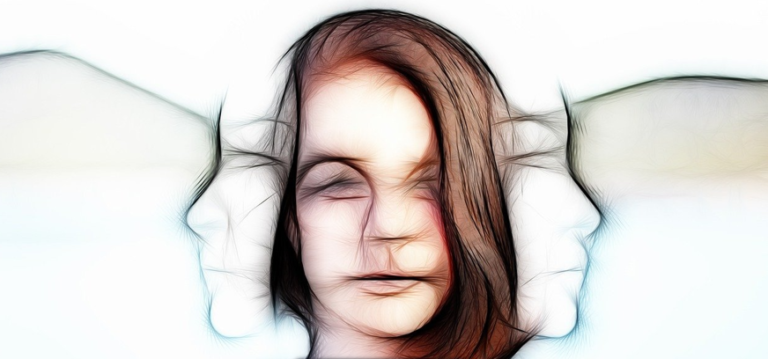Depression Defined: Understanding the Disorder
Depression is more than a fleeting sense of sadness; it is a profound and persistent mood disorder that alters the way individuals perceive themselves, the world around them, and their capacity to engage in everyday life. At its core, depression is defined by a constellation of emotional, cognitive, and physical symptoms that endure for at least two weeks, often much longer, disrupting personal relationships, work performance, and general well-being. Although it is among the most common mental health conditions globally, the true nature of depression can be difficult to grasp without a clear conceptual framework that distinguishes normal emotional fluctuations from the clinical syndrome.
From an emotional standpoint, depression is characterized by a persistent low mood that pervades most waking hours. Unlike the temporary blues that follow disappointment or loss, depressive mood is unrelenting and often resistant to situational improvements. Moments that might ordinarily uplift, celebrations, praise, or the company of loved ones, seem muted or even hollow. Joy and interest wane, giving way to an overarching sense of hopelessness or emptiness that colors daily experiences. Irritability and frustration can also manifest, particularly in younger individuals, and may be mistaken for anger issues rather than an underlying mood disturbance.
Cognitively, depression exerts a heavy toll on thought processes. Concentration becomes elusive, and decisions, no matter how trivial, feel overwhelming. Memory lapses and ruminative thought patterns intertwine, as individuals dwell on perceived failures or anticipate negative outcomes, reinforcing a cycle of self‑criticism and pessimism. This cognitive distortion not only deepens feelings of worthlessness but also saps motivation, making simple tasks feel insurmountable. Over time, the very structures that support problem‑solving and goal‑directed behavior erode, leaving people feeling incapacitated even in the absence of external obstacles.
The physical dimension of depression is equally significant. Sleep patterns shift dramatically, ranging from insomnia, that is waking repeatedly or rising too early, to hypersomnia, where individuals spend inordinate amounts of time in bed yet awaken unrefreshed. Appetite disturbances follow a similar dual pattern: some lose interest in food, leading to unintended weight loss, while others turn to eating for solace, resulting in weight gain. Energy levels plummet, and everyday activities such as personal hygiene or household chores become exhausting endeavors. The body’s response to depression underscores the disorder’s reach, extending beyond mind and emotion into the physiological realm.
It is crucial to recognize that depression exists along a spectrum. For some, symptoms may be relatively mild, allowing them to maintain basic functioning despite a pervasive sense of melancholy. Others experience severe depression, marked by debilitating symptoms that render work, social interaction, and self‑care nearly impossible. This variability underscores why a precise definition matters: only by identifying the disorder’s core features, duration, intensity, and impact, can clinicians distinguish depressive illness from transient sadness or situational stress.
Understanding depression also involves acknowledging its prevalence and significance in public health. The World Health Organization estimates that over 280 million people worldwide live with depression, making it a leading cause of disability-adjusted life years lost. Yet stigma and limited access to care mean many suffer in silence, their experiences discounted or misunderstood. By defining depression clearly, we pave the way for recognition, diagnosis, and timely intervention, reducing the burden on individuals and communities alike.
Importantly, depression does not arise from personal weakness or lack of willpower. It is a complex interplay of neurobiological, genetic, psychological, and environmental factors. Neurotransmitter imbalances can disrupt mood regulation, while inherited predispositions confer vulnerability. Stressful life events ( such as bereavement, trauma, financial hardship), often act as catalysts, but they do not alone dictate whether depression will take root. Equally, chronic medical conditions and certain medications can trigger or exacerbate depressive symptoms. By framing depression as a multifactorial health condition, we shift the narrative away from blame and toward compassion and evidence-based care.
While our focus here is on defining depression rather than exploring its myriad treatments, it is worth noting that the very act of naming the disorder is itself therapeutic. When individuals understand that their experience has a recognizable framework, the stigma recedes, and pathways to help become clearer. Screening tools, professional diagnostics, and consensus criteria enable healthcare providers to identify depression reliably. From there, tailored interventions, be they psychotherapy, medication, or lifestyle adjustments, can address the disorder’s emotional, cognitive, and physical dimensions.
In summary, depression is a defined clinical entity marked by persistent low mood, impaired cognition, and physical dysfunction that impairs daily living for at least two weeks. Its spectrum of severity and multifaceted origins demand a nuanced understanding that transcends common misconceptions. By articulating a clear definition, we offer individuals and practitioners a shared language to recognize, validate, and address depression. In doing so, we lay the groundwork for effective engagement, reduce stigma, and open doors to the support and treatment that can restore hope and functionality to those living under the shadow of this complex disorder.





